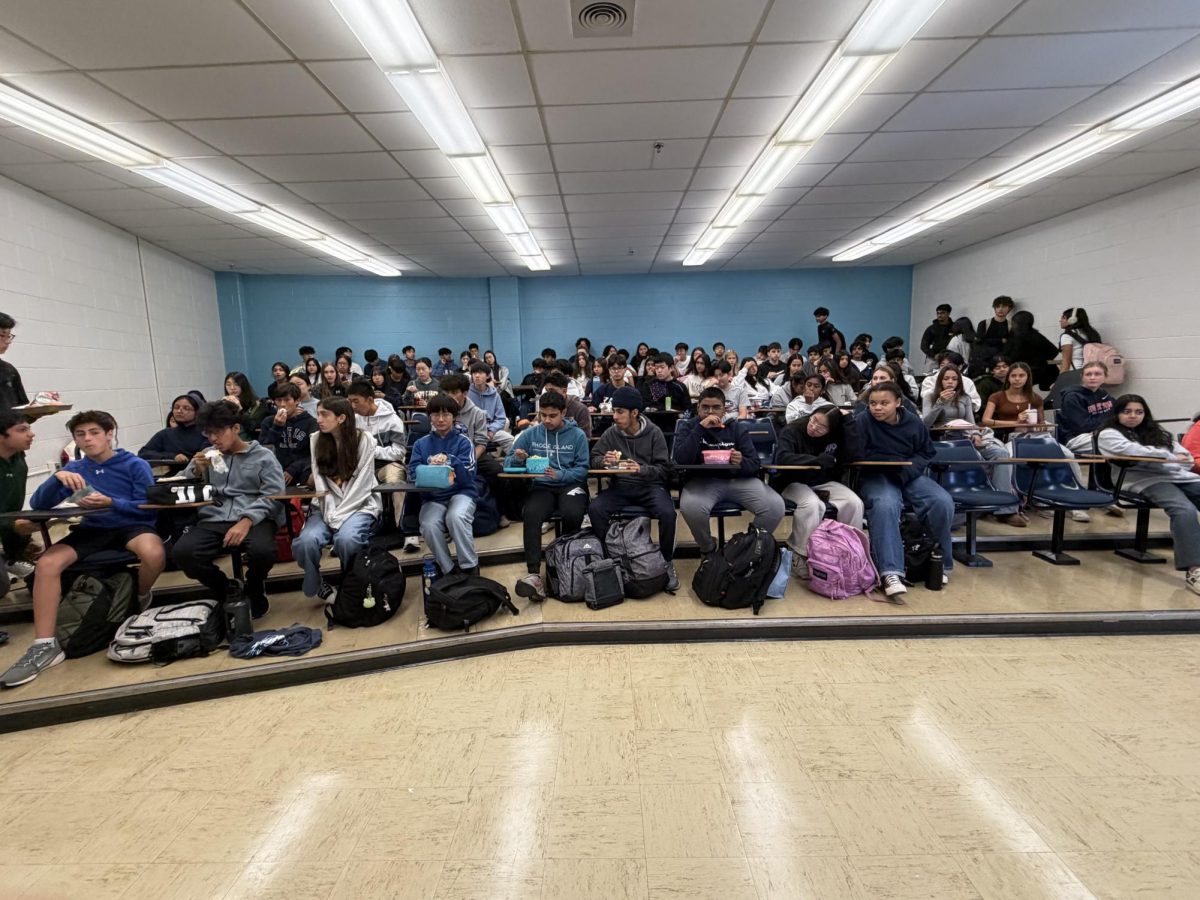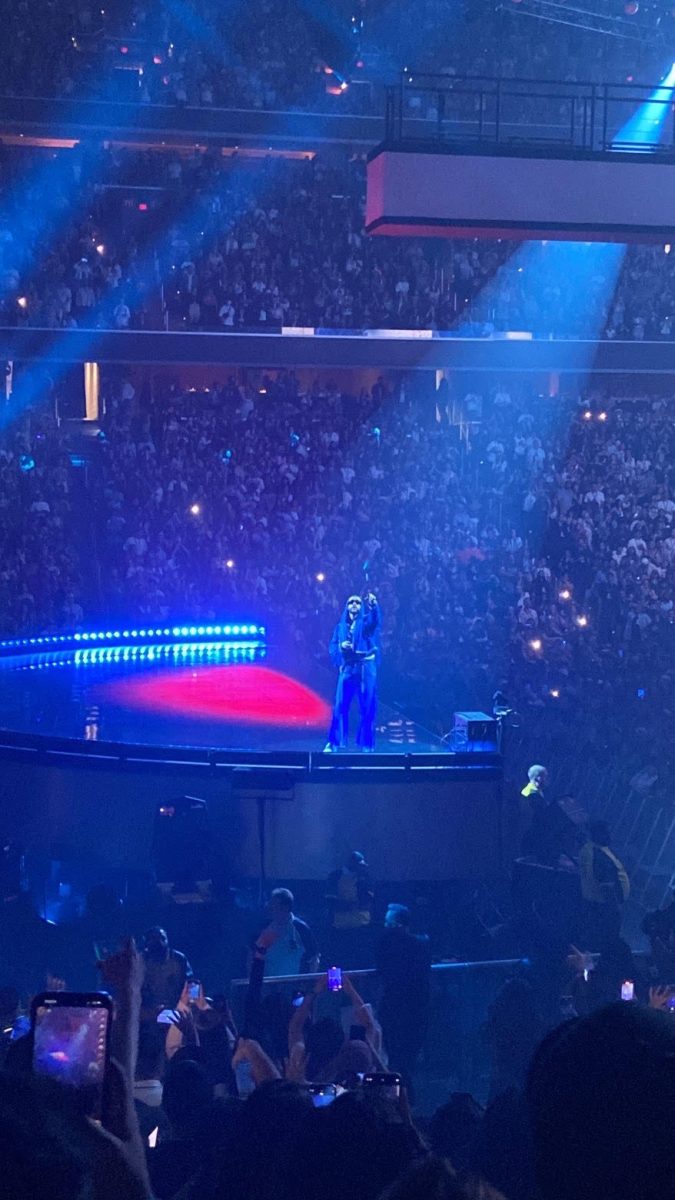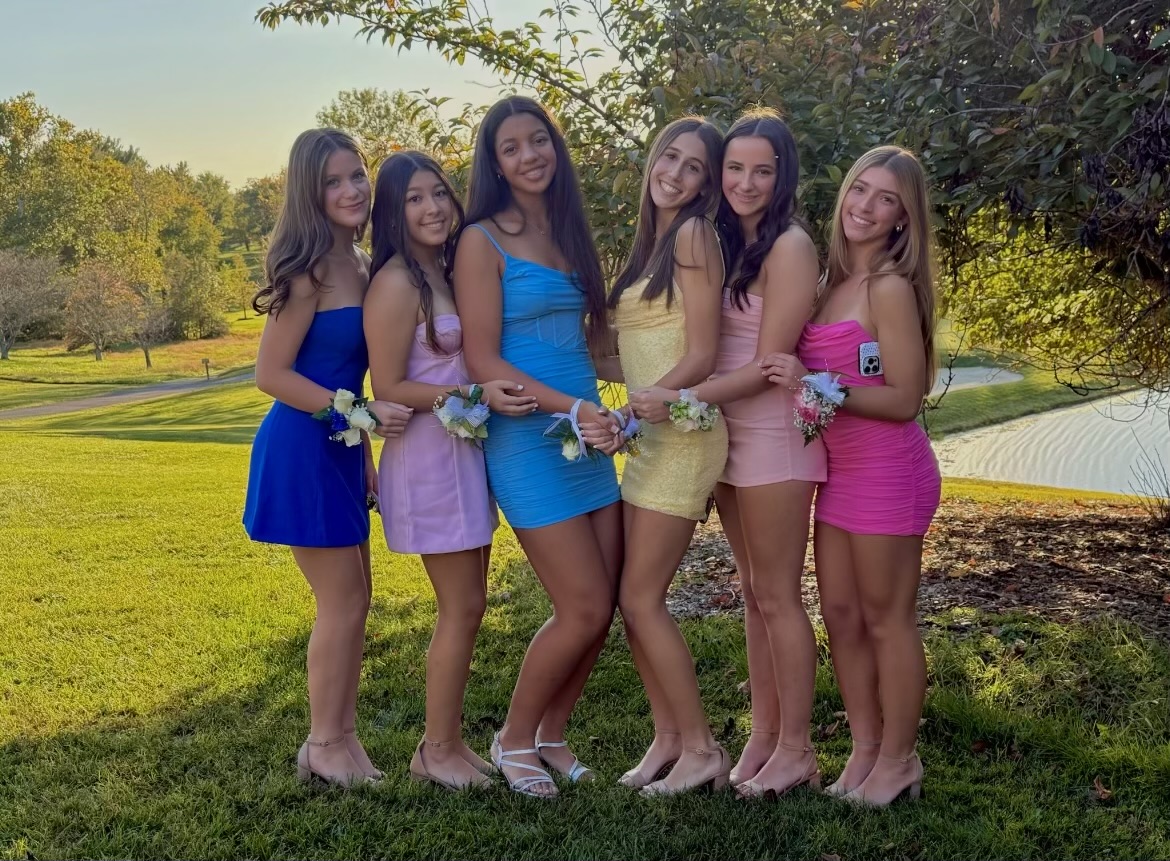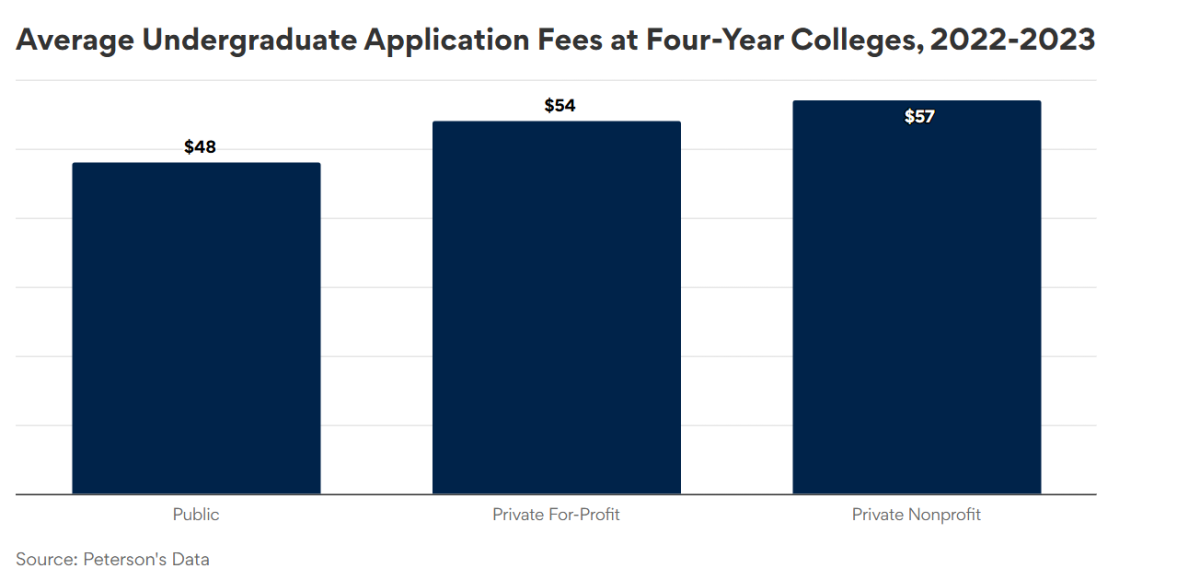As the election draws closer, the urge to become informed on the candidates grows, even among the population who cannot vote yet. A lot of people already know for whom they want to vote, or would vote for if they could, due to the polarizing stances of the candidates. However, actually obtaining factual evidence to back up your choice or to help you make one is at times increasingly difficult due to the inaccurate or one-sided information that many news sources provide. In fact, being informed in general can prove a challenge.
Debates between two people supporting opposite candidates can frequently go as such:
“Did you hear that Trump said this? Disgusting.”
“Well, that’s not the whole story. You must have been watching CNN, and they put a liberal slant on everything. Trump actually said this. That is smart.”
“Well. Fox would like you to think that, they put a conservative spin on everything.”
Do you see the flaw? Both sides end up realizing that their point for supporting their candidate ultimately lacks value because they are watching news sources that are, ultimately, biased. This is not an uncommon issue with news sources; in fact most of them take a biased stance. This bias can lead to something called narrowcasting, and I’m going to say to all you AP NSL kids listen up because this is something you will need to know at some point this year. Narrowcasting is when news sources report the news that appeals to their side of the political spectrum, thus polarizing their viewer’s opinions.
This is great because it allows you to hear what you want to hear. However, this is also bad as this form of broadcasting ultimately leaves you in a scenario like our two debaters above: you only are given one side of the story.
So, if the majority of news sources are bias, how do you educate yourself in a nonpartisan way?
One method to make sure that you are not being catered to by merely the liberal or conservative story is to actually figure out what each candidate did or said in its entirety. Rather than watching the sound bites of the debate, actually sit down and watch the entire debate so you aren’t only educated on the good answers or the bad answers, but both. Or, for interviews, read the entire transcript or watch the entire thing. It may be time-consuming, but will ultimately reveal the full story.
If you choose only to watch one news source, stay away from CNN, Fox, and MSNBC, as all have a near-equal or high ratio of commentary/opinion to factual reporting according to Pew Study conducted in 2012.
Choose more reliable ones instead. Social studies teacher Matthew Winter revealed that there are actually some impartial sources students can look to. “A go-to place for some people has always been the League of Woman Voters… It was an interest group that was founded 100 years ago when woman first got the right to vote to help educate them so they would make educated choices once they got the right to vote. But the League of Woman Voters has always been known as impartial,” Winter said.
Other news sources that have been noted to be impartial are The Independent, Wikinews and AlterNet, according to blog.debate.org.
So while choosing news sources can be a little difficult, it’s not entirely impossible. Educate yourself, and get out and vote.
Sarah Fagan
Profiles Editor








